
Use Cases
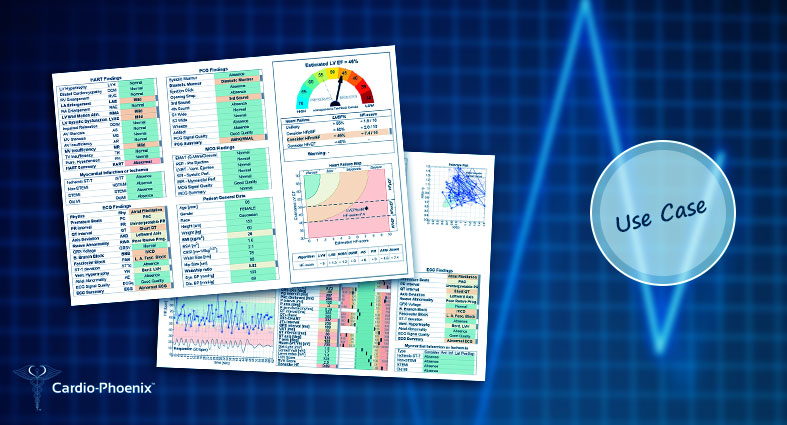
Use Cases
June 28, 2023
Abnormal ECG confirmed by HFmrEF prediction by HART-finding
Situation
Symptomatic female patient of 59 years, 153cm, 60kg, recorded with CHART in heart failure clinic to discover type and severity of the heart failure.
Clinical Information: Type 2 diabetes NIT, ischemic cardiomyopathy with low LVEF, AF Comorbidities. Allergic rhinitis; Left shoulder surgery; Covid19
Disease Modifying Pharmacological Therapy Sacubril/Valsartan 24/26 mg in the morning and 49/51 mg in...
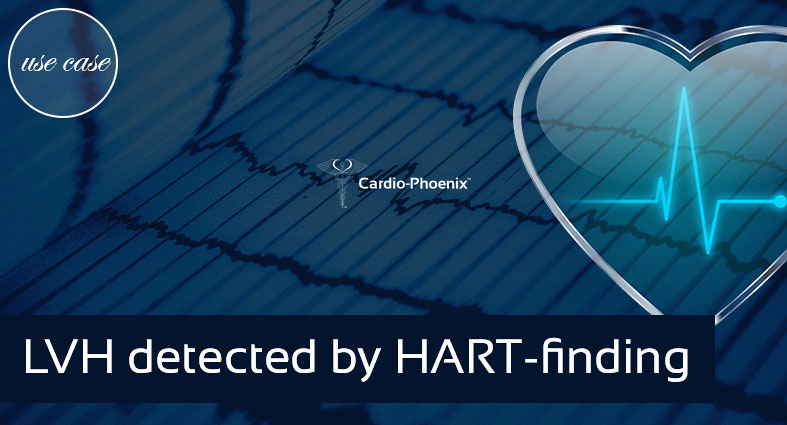
Use Cases
March 8, 2023
ECG shows false negative LVH, but LVH detected by HART-finding
Situation
A symptomatic female patient of 71 years, 161cm, 55kg, was recorded with CHART in primary care because cardiovascular disease is suspected by symptoms.
CHART Report Interpretation
Risk Assessment
• 71-year-old, skinny BMI = 21kg/m2,
• No other information
HART-Findings and HF prediction
Abnormal HART summary:
• Abnormal LV hypertrophy
• Mild AV and MV insufficiency
HF prediction:
• Estimated LVEF = 63%
• HF unlikely
ECG
ECG is...

Use Cases
March 6, 2023
Aortic Stenosis Detected by HART, but Normal ECG
Situation
A symptomatic female patient of 72 years, 152cm, 76kg, was recorded with CHART in primary care because cardiovascular disease is suspected by symptoms.
CHART Report Interpretation
Risk Assessment
• 72 year, BMI = 33kg/m2, normal blood pressure 125/80
• No alcohol, no smoke, no allergies,
• take more medications.
HART-Findings and HF prediction
Abnormal HART summary:
• Abnormal AV stenosis,
• Mild diastolic dysfunction,
•...

Use Cases
November 8, 2022
An Inconclusive ECG
Situation
83-year-old female patient with a stressful life, glucose=8.00mmol/L, symptomatic (fatigue, sleep problems), and got CHART test in primary care.
CHART report interpretation
Risk Assessment
The systolic blood pressure is slightly elevated (140/80 mmHg). Family history of cardiovascular disease.
ECG
The ECG interpretation is borderline, with only first-degree AV-block by prolonged PR (PQ interval=236ms).
PCG
PCG shows some abnormalities, which are not necessarily...
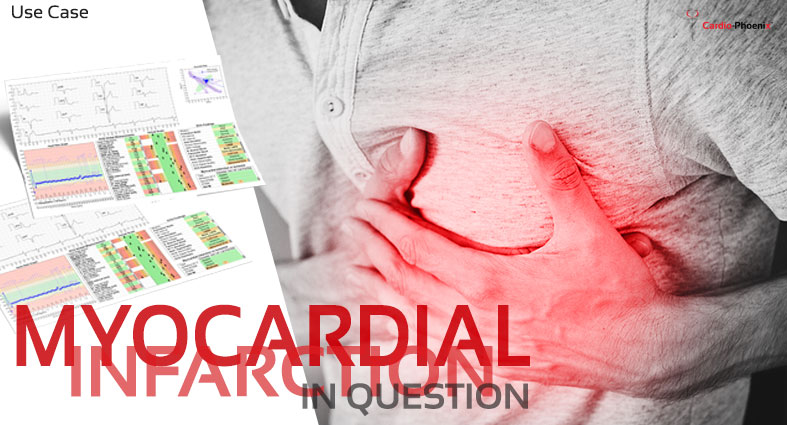
Use Cases
November 1, 2022
Myocardial infarction in question
Situation
A 54-year-old male patient has a previous (a month earlier) normal ECG, and the physician did not diagnose any problem.
CHART test is done currently, which shows a different picture.
CHART report interpretation
Risk Assessment
The blood pressure is high: 160/100. Otherwise no other cardiac-related risks.
HART-findings and HF prediction
HART-findings show mild wall motion abnormality (WMA) and diastolic dysfunction type...
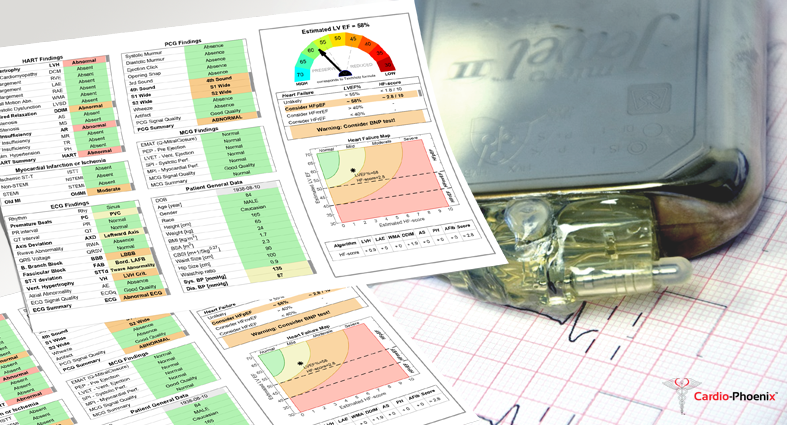
Use Cases
October 20, 2022
Pacemaker patient assessment with CHART
Situation
Female patient with a previous history of carcinoma and mildly decreased systolic function due to cardiotoxicity. She had a previous heart trauma and a dual chamber pacemaker implanted for sick sinus syndrome. Back for control, where a Cardio-HART (CHART) test is performed before Transthoracic Echocardiogram.
CHART report interpretation
Risk Assessment
The patient is 74 years old, hypertensive, dyslipidemic,...
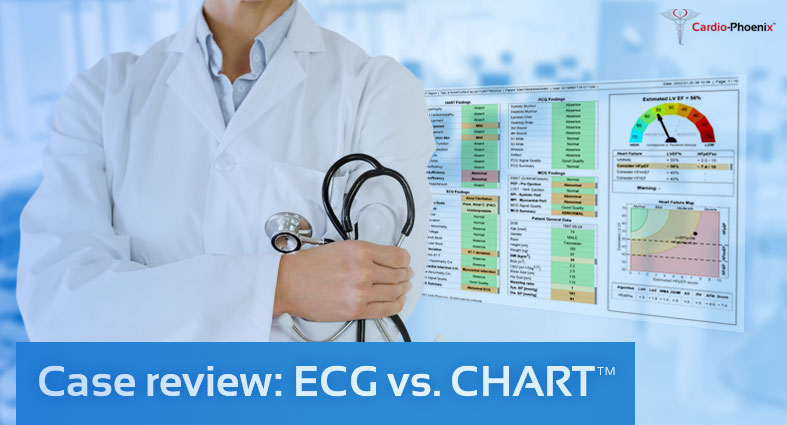
Use Cases
April 8, 2022
Improving early identification of cardiovascular problems at the point-of-care
Background
Patient 00 has an artificial valve or prosthesis. The patient is under cardiology observation. However, the next cardiology appointment is 6 months out. The patient had mild chest discomfort and was worried as the prosthesis was relatively new.
For the record, neither the ECG nor the CHART detected the prosthesis.
ECG use Case
GP consulted the patient file and...

Use Cases
March 21, 2022
Breakthrough Cardiac Diagnostic device reduces wait-times and backlog
As we cautiously emerge from the grips of the pandemic, so too heart disease is re-emerging as the leading cause of disease burden in England. Numerous studies and research articles bear witness to what will undoubtedly be COVID-19’s ongoing legacy, an increase in heart disease of epidemic proportion, to regain the crown as the #1...
